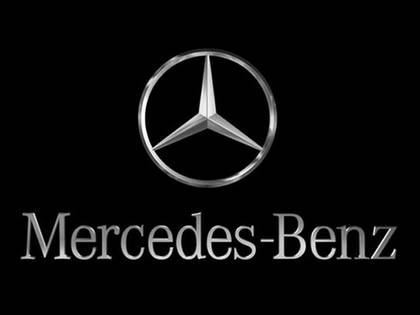Mercedes-Benz To Introduce 4 New Engines In 2017
- by Rachit Shad Trehan
- Nov 2, 2016
- | Views: 4131
One diesel engine and three petrol motors will power the future models from the German carmaker

Mercedes-Benz, one of the most renowned automotive brands in the world, gets a huge budget to spend on research and development every year. It’s so big that it roughly translates to nearly Rs 82 crore if broken down to funds available per day. Even though the entire automotive industry is investing to develop full-electric or hybrid powertrains, Mercedes-Benz has spent 3 billion euros on developing new, more efficient internal combustion engines. New engines from the German auto giant will feature in its models from 2017, with the refreshed S-Class slated to be the first one.
Forget old-school improvements like cylinder deactivation, reduced friction or better fuel injection, the new engines have been carved out with cutting-edge technology to incorporate electric compressors, integrated starter-generators, 48-volt electrical systems and gasoline particulate filters. While all this is a mouthful and a half, Mercedes-Benz has developed the new engines to be cleaner, more economical and more powerful.
There will be four-, six- and eight-pot units in this modular family, with each cylinder confined to 0.5 litres of cubic capacity. While the eight-cylinder engine will be in a ‘V’ configuration, the six-pot motors will have an in-line arrangement. A total of four new engines will be introduced – an in-line four-cylinder petrol (M 264), an inline six-cylinder petrol (M 256), an inline six-cylinder diesel (OM 656) and V8 petrol (M 176).
Math fans must have figured out that the four-pot petrol engine has a 2.0-litre cubic capacity. It is tuned to produce 136PS of power, has twin-scroll turbos and a belt-driven 48V starter-alternator. The set-up helps in fuel-saving hybrid functions.
Both the in-line six-pot engines have the same cubic capacity of 3.0 litres. The petrol engine integrates a 48V starter-alternator to eliminate turbo-lag and subsequently improve the fuel economy. It can deliver up to 408PS of power and 500Nm of max torque. The diesel motor, on the other hand, is labelled as the most powerful passenger-car diesel engine in the history of the company, since it is tuned to produce 313PS of power, which is approximately 55PS more than the current V6 engine in use. The company also claims that the new diesel mill will return 7 per cent better fuel economy.
Last, but by no means the least, the new V8 petrol has a 4.0-litre cubic capacity. With the help of two turbos, the engine can produce around 476PS of power and 700Nm of max torque. Mercedes says that the new V8 motor will be 10 per cent more fuel efficient than the one it will replace.

